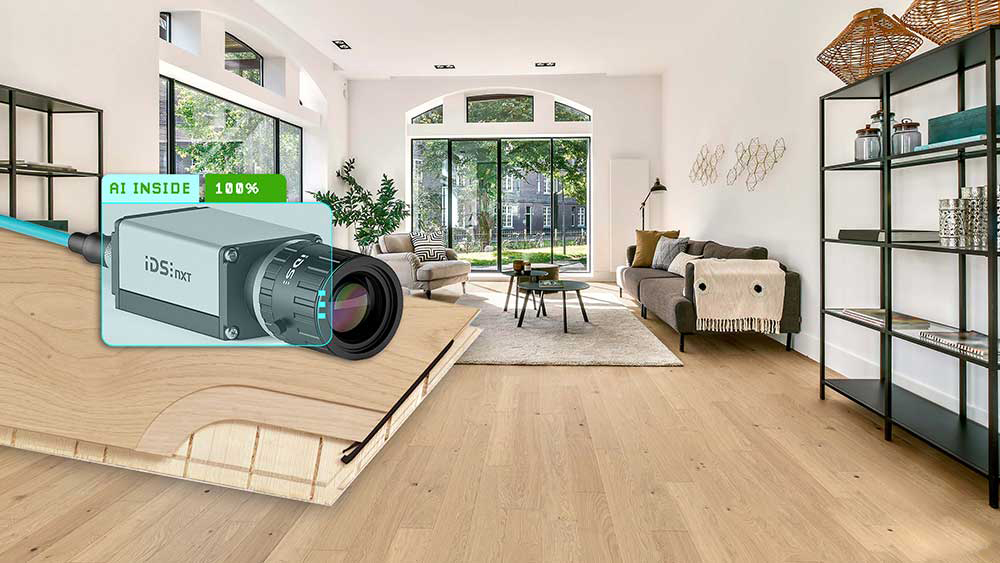
Credit: Scheucher Holzindustrie GmbH
It creates a warm and inviting atmosphere. Its natural grain and color tones have a lively effect and add character to a room. We are talking about classic wood flooring—usually laminate, and optionally with a click system for easy installation.
|
ADVERTISEMENT |
Scheucher Holzindustrie GmbH, from Mettersdorf, Austria, is now in its fourth generation of manufacturing high-quality wood floors, combining tradition with modernity in its production. The company relies on image processing with artificial intelligence—more precisely, IDS NXT—to inspect the glue joints of its multilayer wood flooring with an all-in-one system for intelligent cameras.
Application
Not all wood floors are the same. In addition to solid variants, multilayer flooring is particularly popular. Several aspects factor into the manufacture of a high-quality, durable, and user-friendly product.
…
Comments
You burn the toast...
If you were to tell me that you have parquet floors, and I were to go to your flat and see what's shown in the image above, I would really question your taste. To me, parquet flooring uses the wood tones and wood grains to create an artistic pattern. This just looks like a floor.
It's telling to me that you had to struggle to find enough "bad" tiles in order to even train the AI system to detect the defect. Why not just save the money on the camera and computer, etc., and implement improvements that categorically prevent whatever defect was apparent in those rare defective tiles that you had to work so hard to get?
I feel like Don Wheeler's article about parquet floor tiles has a lot more bang per buck (word). This article just sounds like a futuristic high-tech version of, "you burn the toast; I'll scrape it."
Dangermoney. Good catch on…
Dangermoney. Good catch on the parquet! You are right, in the U.S., parquet is typically understood as wood flooring laid in a pattern, not just wood flooring.
We had to research this a bit, but it turns out that European wood-laminate companies (including the one referenced in this article) refer to their wood laminate flooring as "parquet." Not sure if that is a translation thing, or if in Europe "parquet" has simply become a synonym for "laminate wood flooring." Interestingly, a couple of companies distinguish "parquet" from "laminate" in that laminate flooring is made from a combination of natural materials and synthetic materials whereas "parquet" is all natural. (See https://www.scheucherparkett.at/en/good-to-know/article/parkett-oder-laminat-was-ist-besser as an example.)
To reflect the meaning accurately for our audience, we have changed the references in the article. Thanks for spotting it.
Add new comment